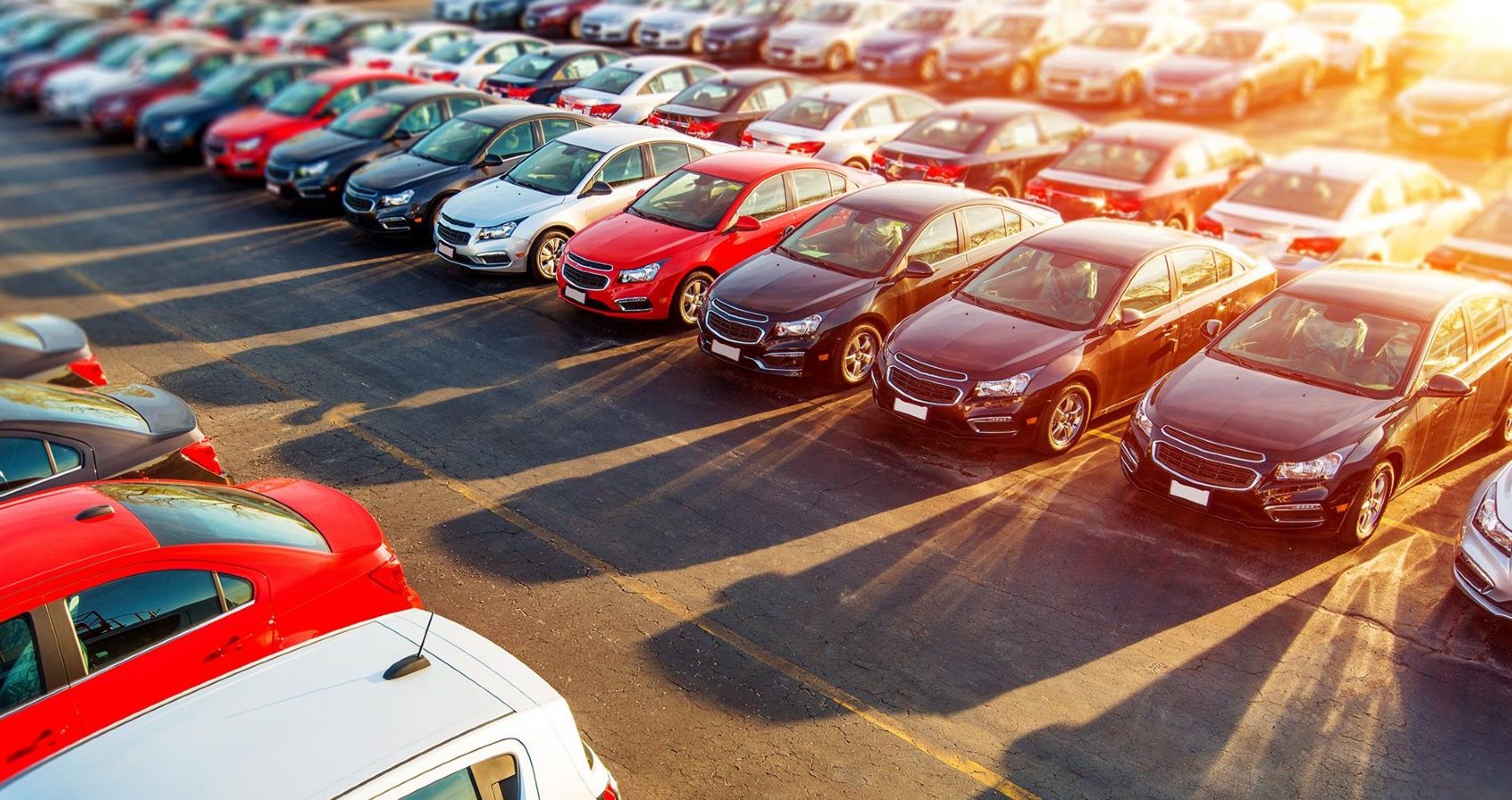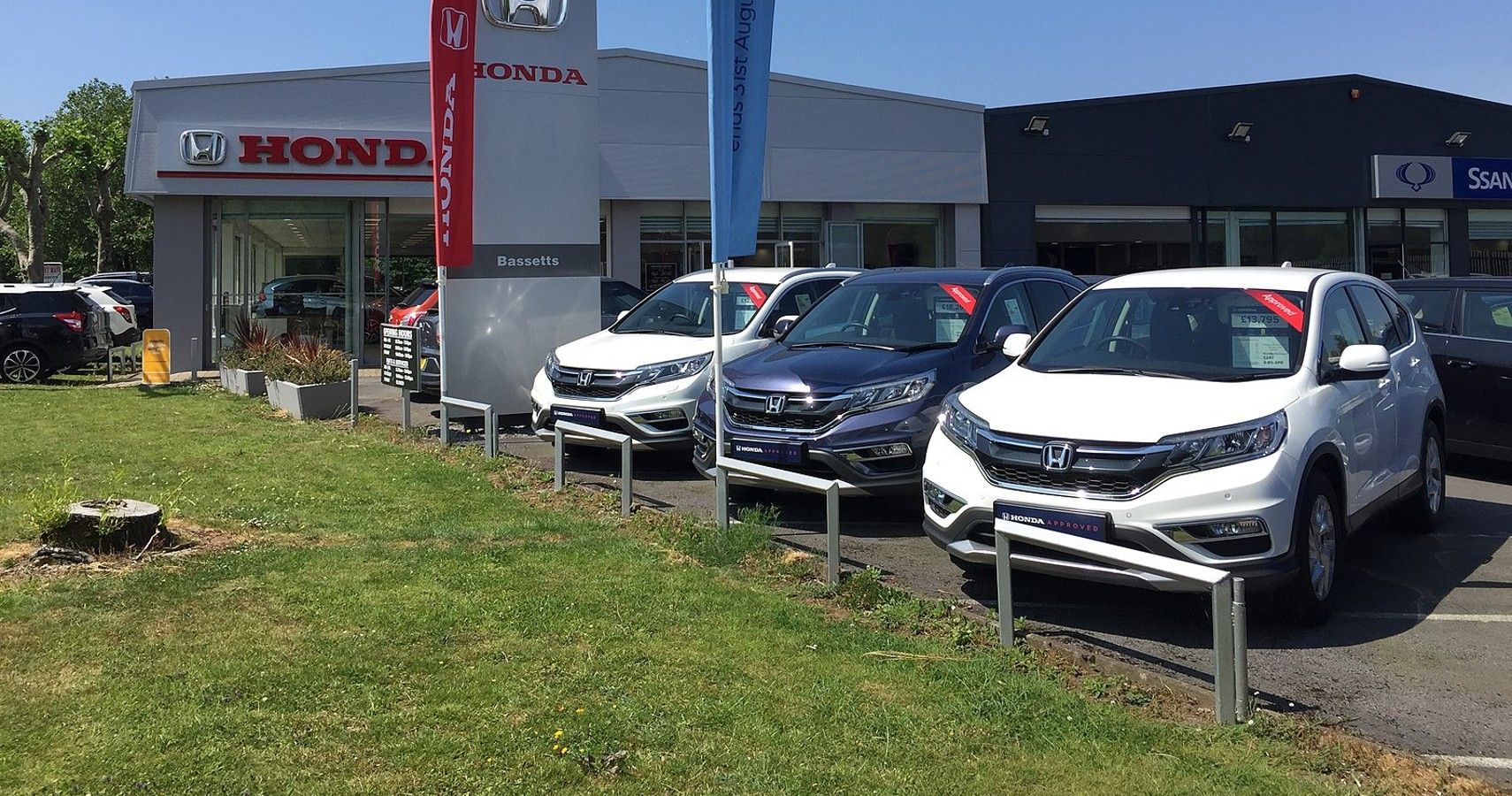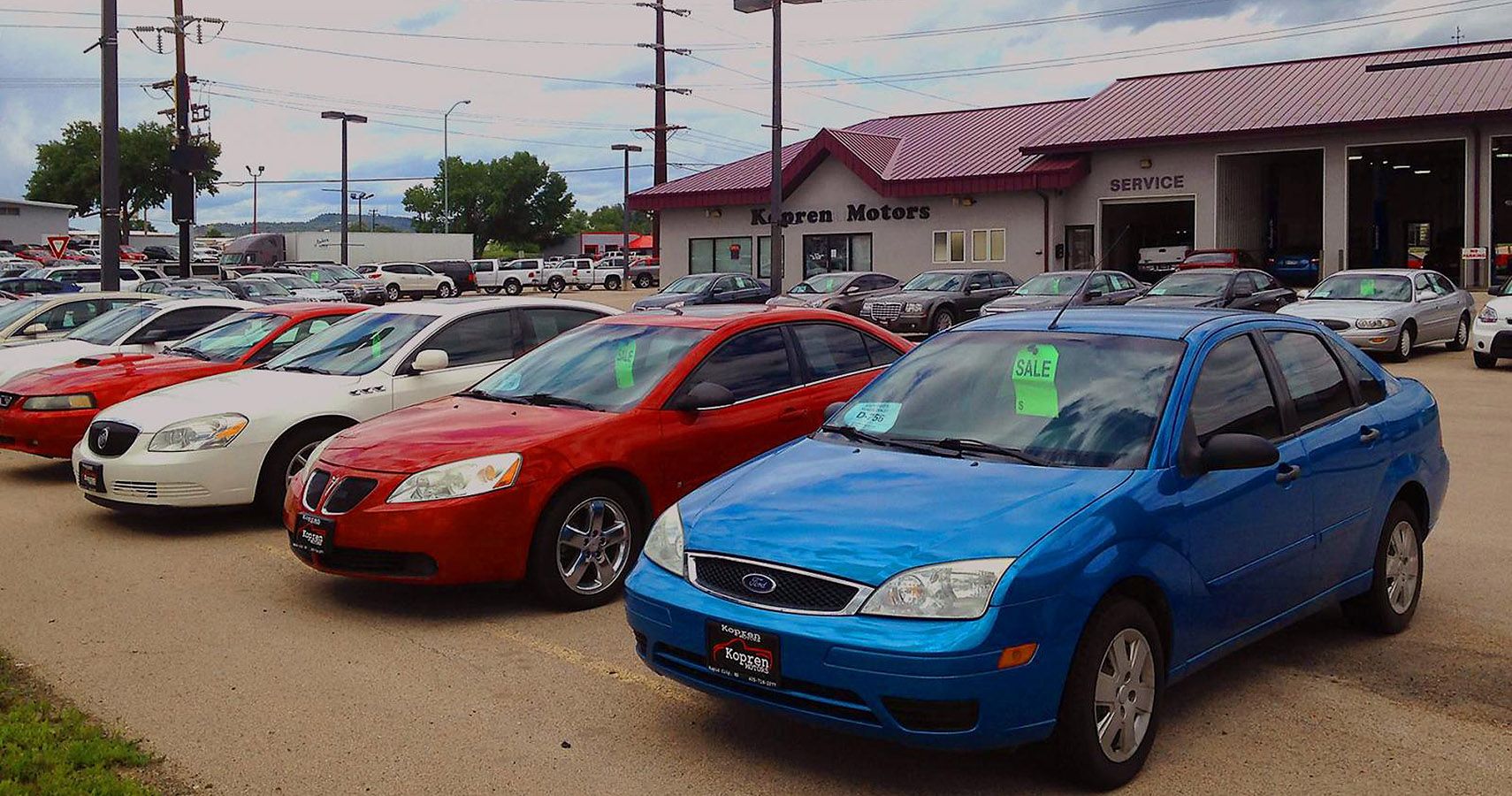We know how the post-pandemic life is and how things are slowly getting back on track. Amidst the recovery, 2021, although showing promise, had a surprise waiting for automakers. On top of low volumes and poor sales, 2021 saw manufacturers having supply chain issues largely due to semiconductor shortages.
But how does that affect the everyday man? It doesn’t necessarily affect everyone, but people who looked at buying new cars have seen prices soar greatly. Due to low supply and high demand, dealerships are marking up to a point where buyers are paying 40-50% premiums on new cars.
It’s not just new cars that are getting expensive. Have a look at used car listings, and you’ll see how they’re priced. KPMG reports that prices of used cars have increased by 44% in November, 2021.
However, there are signs that indicate the used car market bubble might burst in 2022, and no, it’s not based on findings from a crystal ball.
What Started the Used Car Bubble?
The advent of COVID, and all that ensued after, has led to a series of events causing a spike in inflation, supply and demand disruptions, and a global semiconductor shortage. The latter had a significant impact on new car production. You may have come across reports of several completed cars waiting for chips: the kind that powers electronic components inside the vehicle.
But how did it affect the price? When supply doesn’t meet demand, prices tend to rise. It’s the fundamental principle behind the supply-demand concept. So naturally, since there isn't enough supply, dealerships started marking up the existing inventory, which led to consumers paying more.
Okay, but how did a rise in new car prices lead to the used car bubble of 2021? Again, the important factor here is supply and demand. Generally, the used car market relies on people selling their existing cars to upgrade to a newer model. However, since there is a supply crunch and given that most new cars are selling over listed price, people are postponing the idea of giving away their existing cars. This, in turn, creates a supply crisis in the used car market, and dealers markup available listings. Hence, the bubble.
But, it’s not entirely supply and demand. Financing options are becoming expensive since the Federal Reserve has increased interest rates to combat inflation. This has also led to people withdrawing their interest in buying new cars.
Now Is The Best Time To Sell Your Car
Because dealers lack inventory, existing owners have a golden opportunity to make money off their old cars. So if you own a car, get a quote from your nearest used car dealer to see how much they’re willing to offer. Go to a couple more dealerships, get their quotes and then negotiate a price. In this market, you’ll definitely end up pocketing 30-40 percent more than what the car’s worth.
But there’s a negative side to this. People who’ve purchased a used car in these recent months have paid nearly 40 percent premiums over the actual value. However, they won’t be getting that back once the bubble bursts and prices settle. That’s on top of the financing they have for the car, which is already pretty high. In short, people who bought used cars during 2020-21 will potentially end up losing quite a bit of money once everything’s back to normal.
Used Car Bubble Likely To Burst In The Coming Months
There is good news for those who are yet to purchase a used car. According to YouTuber, Kevin Hunter, credible information is available pointing to used car prices likely settling in a couple of months. Although predicting the exact timeline is fairly difficult, experts suggest you could start seeing the change around the end of 2022 or early 2023.
Kevin goes in-depth in his video and explains why the bubble is likely to burst. According to him, CarMax, one of the largest used car dealers in America, has seen a 75% increase in inventory since the beginning of the year. CarMax has enough inventory to fulfill 30 days' worth of demand, which is quite the increase in supply given the current state.
Also, many OEMs have started cutting down on some vehicle features (like heated seats, auto-folding mirrors, etc.) that rely on low-supply chips. This is done so that more new cars can be brought out. Additionally, respective manufacturers are addressing the chip shortage by increasing their output, thereby meeting demands.
Lastly, the Federal Reserve increasing interest rates has had a cooldown effect on new car purchases. This led to lesser demand in the market, helping dealerships stock more new cars.
As long as there are supply chain issues, overseas wars, inflation, and semiconductor shortage, return to normalcy would take time. That said, recovery will happen, although at what pace and time are hard to forecast at this point.
Sources: KPMG, Yahoo Autos, Forbes




